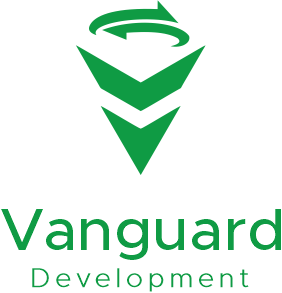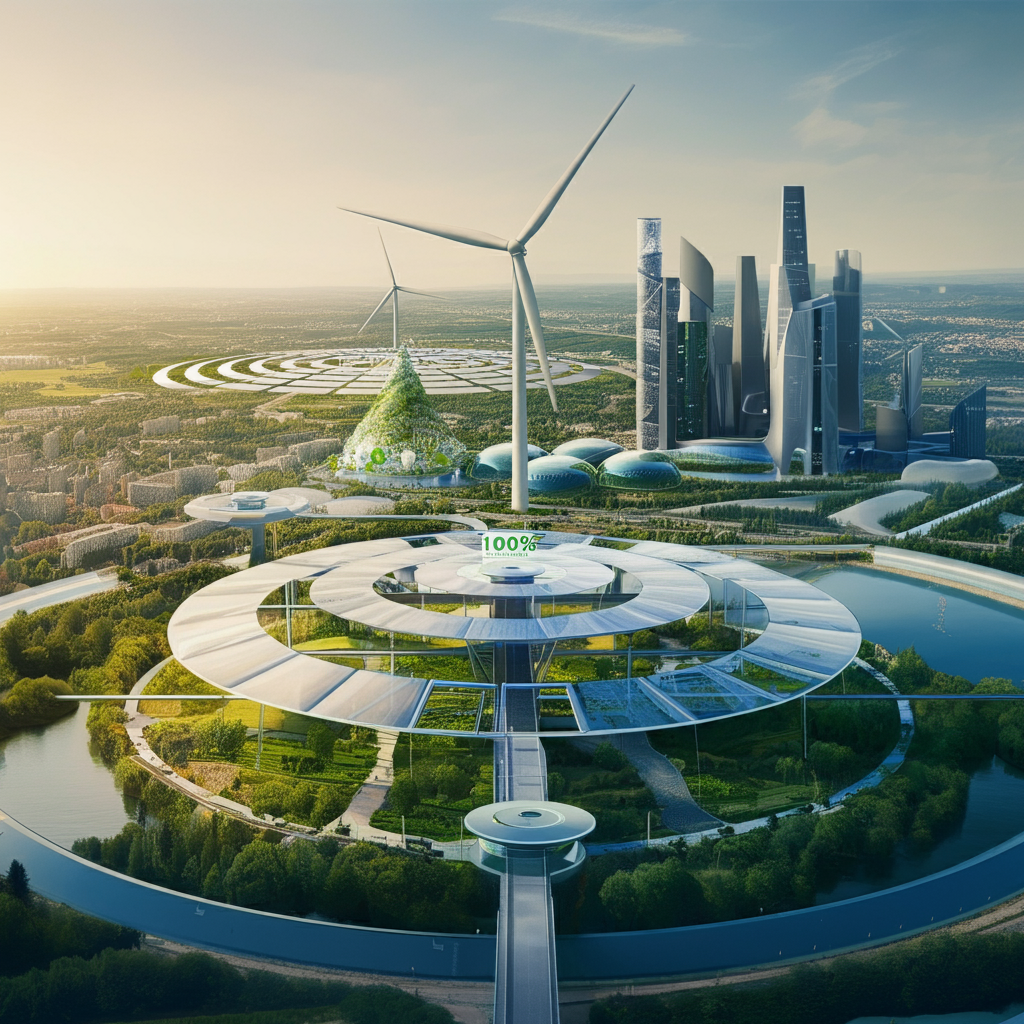The Future of Sustainable Development: How 100% Financing Fuels Green Initiatives
Sustainable development has rapidly evolved from a niche interest to a driving force in the real estate and commercial development industries. As climate change and environmental concerns take center stage, both investors and developers are increasingly focusing on green initiatives. One powerful catalyst accelerating this shift is 100% financing. By providing the capital needed to launch environmentally conscious projects without requiring upfront equity, 100% financing enables developers to pursue bold, sustainable projects that prioritize the planet.
In this article, we’ll explore how 100% financing is empowering sustainable development, the benefits and challenges of green initiatives, and what the future holds for eco-conscious projects in the commercial real estate landscape.
Why 100% Financing is Crucial for Sustainable Development
In the world of commercial development, initial costs often represent a significant barrier. Sustainable projects, which typically require specialized materials, renewable energy solutions, and efficient building technologies, can be even more capital-intensive. This is where 100% financing becomes a game-changer. By allowing developers to move forward without a hefty upfront investment, this financing model opens the door to more developers willing to adopt green practices, even if initial costs are high.
Benefits of 100% Financing for Green Projects
- Reduced Capital Barrier: The elimination of upfront capital requirements enables developers to pursue sustainable projects that would otherwise be financially out of reach.
- Increased Investor Interest: Environmentally responsible investments are in high demand. 100% financing often aligns with the goals of institutional and impact investors seeking opportunities that promote positive environmental impacts.
- Scalability: Developers can execute larger-scale projects or multiple green initiatives simultaneously, accelerating the impact of sustainable development.
Key Areas Where 100% Financing Supports Green Initiatives
As sustainable development encompasses a wide range of practices, 100% financing has proven particularly beneficial in the following areas:
1. Renewable Energy Integration
From solar panels to wind turbines, integrating renewable energy sources can be expensive initially. However, projects with built-in renewable solutions can drastically reduce operational costs in the long term. With 100% financing, developers can incorporate renewable energy without immediate financial strain, making it easier to prioritize low-impact energy solutions.
2. Eco-Friendly Construction Materials
Green building materials like recycled steel, sustainable wood, and low-impact concrete reduce the environmental footprint of construction but often come at a premium. Full financing allows developers to purchase these materials upfront, ensuring that the entire building process aligns with sustainable principles from the start.
3. LEED and Green Certification Compliance
Certifications such as LEED (Leadership in Energy and Environmental Design) or BREEAM (Building Research Establishment Environmental Assessment Method) are highly regarded standards that increase a project’s marketability. The certification process, however, involves additional costs for materials, audits, and design. With 100% financing, developers can pursue certifications that make their projects more appealing to eco-conscious tenants and investors.
4. Smart Building Technologies
Smart technologies improve building efficiency by monitoring and optimizing energy use, lighting, and water management. However, these technologies can be costly to implement. Financing 100% of project costs enables developers to incorporate intelligent systems from the outset, helping to reduce long-term energy and maintenance costs.
5. Low-Impact Site Development
Green projects are not only about the structures themselves but also about the way they interact with the surrounding environment. Low-impact development practices, such as stormwater management systems and green roofs, help preserve natural ecosystems. Full financing allows developers to make these design choices without compromising on budget.
The Advantages of Sustainable Development with 100% Financing
1. Long-Term Cost Savings
Green buildings are designed to operate efficiently, which often results in substantial cost savings over time. Energy-efficient heating, cooling, lighting, and water systems reduce operational expenses, boosting the profitability of sustainable buildings. When funded through 100% financing, developers can focus on optimizing these efficiencies for maximum savings.
2. Higher Asset Value
Green buildings tend to have higher property values and attract premium tenants who prioritize sustainability. With increasing demand for eco-friendly spaces, buildings that meet high environmental standards often have better resale values. Fully financed projects can capitalize on this trend without developers bearing high initial costs.
3. Positive Brand and Social Impact
A commitment to sustainability can enhance a developer’s reputation, appealing to socially conscious clients, tenants, and investors. Fully financed green projects allow companies to demonstrate their environmental commitment on a grand scale, positioning them as industry leaders in responsible development.
4. Attractive Financing and Tax Incentives
Many governments offer tax credits, rebates, or incentives for eco-friendly projects. 100% financed projects that qualify for these incentives further reduce financial burdens, adding an extra layer of profitability to green initiatives.
Challenges in Financing Green Initiatives and How to Overcome Them
While 100% financing is a powerful tool for sustainable development, it isn’t without challenges:
- Higher Interest Rates: Due to the added risk, 100% financing may come with higher interest rates, which can impact profitability.
- Stricter Lender Requirements: Lenders often require detailed project feasibility analyses, environmental impact assessments, and higher collateral standards.
- Longer Approval Times: Sustainable projects may require extensive documentation to demonstrate their viability, making the financing approval process more complex.
Strategies to Overcome Challenges:
- Present a Strong Business Case: Demonstrating the project’s long-term financial and environmental impact can reassure lenders of its viability.
- Utilize Grants and Incentives: Many green projects qualify for government grants or subsidies, which can supplement financing and ease lender concerns.
- Build Relationships with Green-Focused Lenders: Some financial institutions specialize in green projects and may offer more favorable terms to sustainable initiatives.
The Future of Sustainable Development with 100% Financing
As climate awareness grows, so does the demand for eco-friendly buildings and infrastructure. By bridging the funding gap, 100% financing helps transform ambitious ideas into reality, enabling a new era of sustainable development. This financing model empowers developers to build responsibly while maximizing their impact.
Moving forward, 100% financing will likely continue to support innovation, enabling projects that are environmentally friendly, socially impactful, and economically viable. The future of sustainable development hinges not only on creative ideas but on the accessibility of capital to bring those ideas to life. For developers looking to make a meaningful contribution to the planet, 100% financing represents an invaluable opportunity to turn vision into action.


Leave A Comment